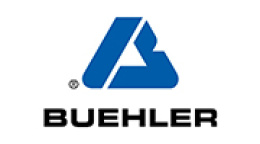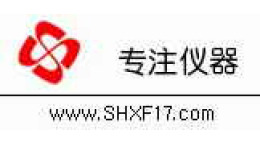方案详情文
智能文字提取功能测试中
We measure it.Cleaning the corona wire of DiSC-Sensor We measure it. Service and Maintenance il Service and calibration of DiSC-Sensor should be done annually. If you use it forcontinuous longtime measurements, we recommend maintaining and calibrating it moreloften. For service and calibration please send the DiSC-Sensor to the manufacturer Testo AG orto yourlocal distributor or service point. Important informationThere are no user-serviceable parts inside the DiSC-Sensor and some of its elements arevery sensitive parts. Do not open your DiSC-Sensor without permission of Testo AG asyou may damage it.Warranty is voided if the case of DiSC-Sensor is opened and warranty-seal is broken. Electric shock / Hazardous voltage inside. Contact may cause electric shock or burn. Do not opencoverage of DiSC-Sensor without permission. While manipulating the DiSC-Sensor for cleaning the corona wire keep the device turnedoff. If the voltage in the unipolar corona charger is too high or low it does not necessarily mean that the instrumentis operating improperly. If your DiSC-Sensor shows the error warning"high voltage out of range" you shoulccheck the corona voltage in the advanced menu: If the charging current is below 9nA with the charger on, and the corona voltage is >= 5kV, then youshould clean the corona wire. See below the instructions on how to clean the corona wire. lf the corona voltage is between 2-3kV, this could be normal operation at low ambient pressure (i.eyou are at an alpine site or doing airborne measurements). If it is between 2-3kV and you are at orclose to sea level, then it could be due to dirt on the counter electrode of the charger. In either case,you should check the display of the charging current, both with the charger on and with the chargeroff. It should be OnA with the charger off and 10±1nA with the charger on. If it is not OnA with thecharger off, this means there is either dirt on the counter electrode, or that you are operating theinstrument at condensing conditions (too high relative humidity RH) and a film of water has formed onthe counter electrode insulation. If you think the RH could have been too high, keep the chargerturned off and continue to run the instrument in an environment with low RH. The charging currentshould then go back to 0nA. If it does not, you should clean the counter electrode. Checking the DiSC-Sensor before and after cleaning the corona wire Before and after cleaning the corona wire you should make a check of your instrument. If you own anotherparticle counting instrument (e.g. CPC), we recommend that you compare your DiSC-Sensor against it beforeand after cleaning. If you have no reference, we recommend that you measure the particle number in yourlab/office before and after cleaning the wire. For normal labs/offices, particle numbers will not change (at leastnot much) during the wire cleaning. You should also test whether the instrument still seals: while the instrument is running, block the aerosol inletwith a finger briefly and verify that the pump gets louder, and that you feel a small vacuum when removingyour finger. If you own a flow meter, verify that the inlet flow is approximately 1l/min. Finally, verify that thecorona voltage has dropped back to approximately 3.5kV. Instructions for cleaning the corona wire of DiSC-Sensor Stage 1 Remove the 3 torx screws in the backplane of theDiSC-Sensor and lift off the backplane. Stage 2 Your DiSC-Sensor should look like the picture on theleft. The unipolar corona charger is located at the top-left in the picture. Stage 3 Now remove the 4 hex screws holding the counterelectrode in place; lift off the counter electrode andoptionally disconnect it from the yellow cable, to get itout of the way. Stage 4 Remove the two black hex screws holding the wire-mesh screen in place and GENTLY remove the wiremesh screen. Be careful not to bend the wire mesh,this would affect the calibration! Stage 5 Once you reach the last stage above, you should see awhite deposit on the wire. Take a fine artist'spaintbrush, dip it in isopropyl alcohol and wipe with itthe corona wire along its axis VERY GENTLY. The wireis very thin and if mechanically stressed, it will break.Reassemble the instrument in reverse order. Whenreinstalling the counter electrode, check that the o-ring is placed nicely in its groove. TechnicalsupportE-mail: support-nanoparticle@testo.de 厦门群锐仪器设备有限公司所代理的NanoMet3便携式颗粒物测试系统是用于测量10-700nm的纳米颗粒物数量浓度及粒径大小。它具有结构紧凑、易于车载、坚固耐用及在线响应的特点。所有这些特点使其非常适合用于非实验室设置及与OBD结合使用。它配备12VDC电池操作功能,具有很低的功耗,因此非常适合车载领域应用。该产品适合用于车辆尾气排放浓度测量(1E3-3E8pt/ccm),响应时间足够短适合用于发动机瞬态测试。NanoMet3非常适合用于在用法规符合性测试及未来PEMS型式认证。这么多优点的NanoMet3,你还在等什么?厦门群锐仪器设备有限公司现在就来和大家一起分享清洗传感器的电晕线的步骤及说明具体如下: Cleaning the corona wire of DiSC-Sensor Service and Maintenance Service and calibration of DiSC-Sensor should be done annually. If you use it for continuous longtime measurements, we recommend maintaining and calibrating it more often. For service and calibration please send the DiSC-Sensor to the manufacturer Testo AG or to your local distributor or service point. Important information There are no user-serviceable parts inside the DiSC-Sensor and some of its elements are very sensitive parts. Do not open your DiSC-Sensor without permission of Testo AG as you may damage it. Warranty is voided if the case of DiSC-Sensor is opened and warranty-seal is broken. Electric shock Hazardous voltage inside. Contact may cause electric shock or burn. Do not open coverage of DiSC-Sensor without permission. While manipulating the DiSC-Sensor for cleaning the corona wire keep the device turned off. If the voltage in the unipolar corona charger is too high or low it does not necessarily mean that the instrument is operating improperly. If your DiSC-Sensor shows the error warning “high voltage out of range” you should check the corona voltage in the advanced menu: · If the charging current is below 9nA with the charger on, and the corona voltage is >= 5kV, then you should clean the corona wire. See below the instructions on how to clean the corona wire. · If the corona voltage is between 2-3kV, this could be normal operation at low ambient pressure (i.e. you are at an alpine site or doing airborne measurements). If it is between 2-3kV and you are at or close to sea level, then it could be due to dirt on the counter electrode of the charger. In either case, you should check the display of the charging current, both with the charger on and with the charger off. It should be 0nA with the charger off and 10±1nA with the charger on. If it is not 0nA with the charger off, this means there is either dirt on the counter electrode, or that you are operating the instrument at condensing conditions (too high relative humidity RH) and a film of water has formed on the counter electrode insulation. If you think the RH could have been too high, keep the charger turned off and continue to run the instrument in an environment with low RH. The charging current should then go back to 0nA. If it does not, you should clean the counter electrode. Checking the DiSC-Sensor before and after cleaning the corona wire Before and after cleaning the corona wire you should make a check of your instrument. If you own another particle counting instrument (e.g. CPC), we recommend that you compare your DiSC-Sensor against it before and after cleaning. If you have no reference, we recommend that you measure the particle number in your lab/office before and after cleaning the wire. For normal labs/offices, particle numbers will not change (at least not much) during the wire cleaning. You should also test whether the instrument still seals: while the instrument is running, block the aerosol inlet with a finger briefly and verify that the pump gets louder, and that you feel a small vacuum when removing your finger. If you own a flow meter, verify that the inlet flow is approximately 1l/min. Finally, verify that the corona voltage has dropped back to approximately 3.5kV. Instructions for cleaning the corona wire of DiSC-Sensor Stage 1 Remove the 3 torx screws in the backplane of the DiSC-Sensor and lift off the backplane. Stage 2 Your DiSC-Sensor should look like the picture on the left. The unipolar corona charger is located at the top-left in the picture. Stage 3 Now remove the 4 hex screws holding the counter electrode in place; lift off the counter electrode and optionally disconnect it from the yellow cable, to get it out of the way. Stage 4 Remove the two black hex screws holding the wire-mesh screen in place and GENTLY remove the wire mesh screen. Be careful not to bend the wire mesh, this would affect the calibration! Stage 5 Once you reach the last stage above, you should see a white deposit on the wire. Take a fine artist's paintbrush, dip it in isopropyl alcohol and wipe with it the corona wire along its axis VERY GENTLY. The wire is very thin and if mechanically stressed, it will break. Reassemble the instrument in reverse order. When reinstalling the counter electrode, check that the o-ring is placed nicely in its groove. 详情可来电咨询,厦门群锐仪器设备有限公司欢迎您!
关闭-
1/2
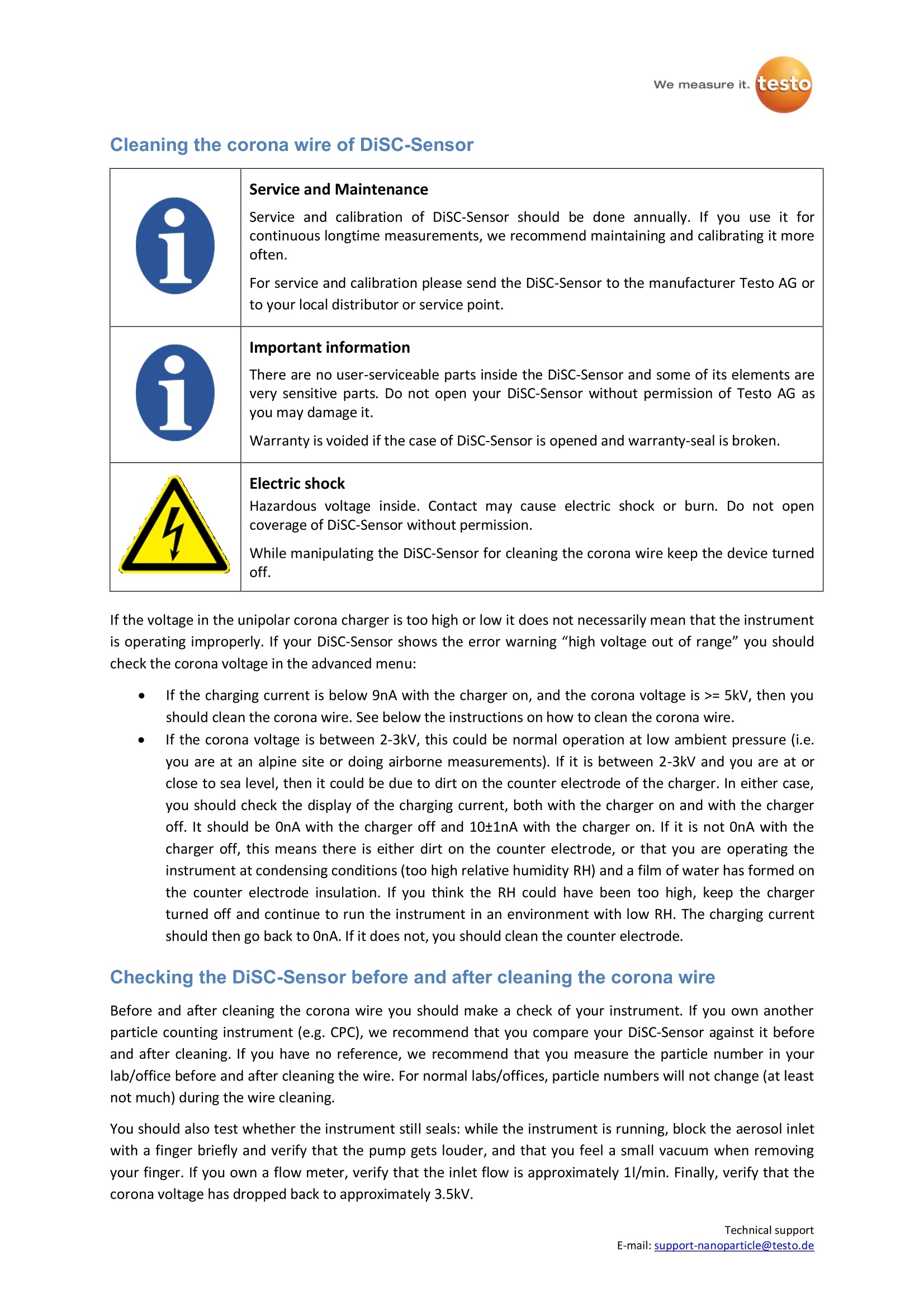
-
2/2
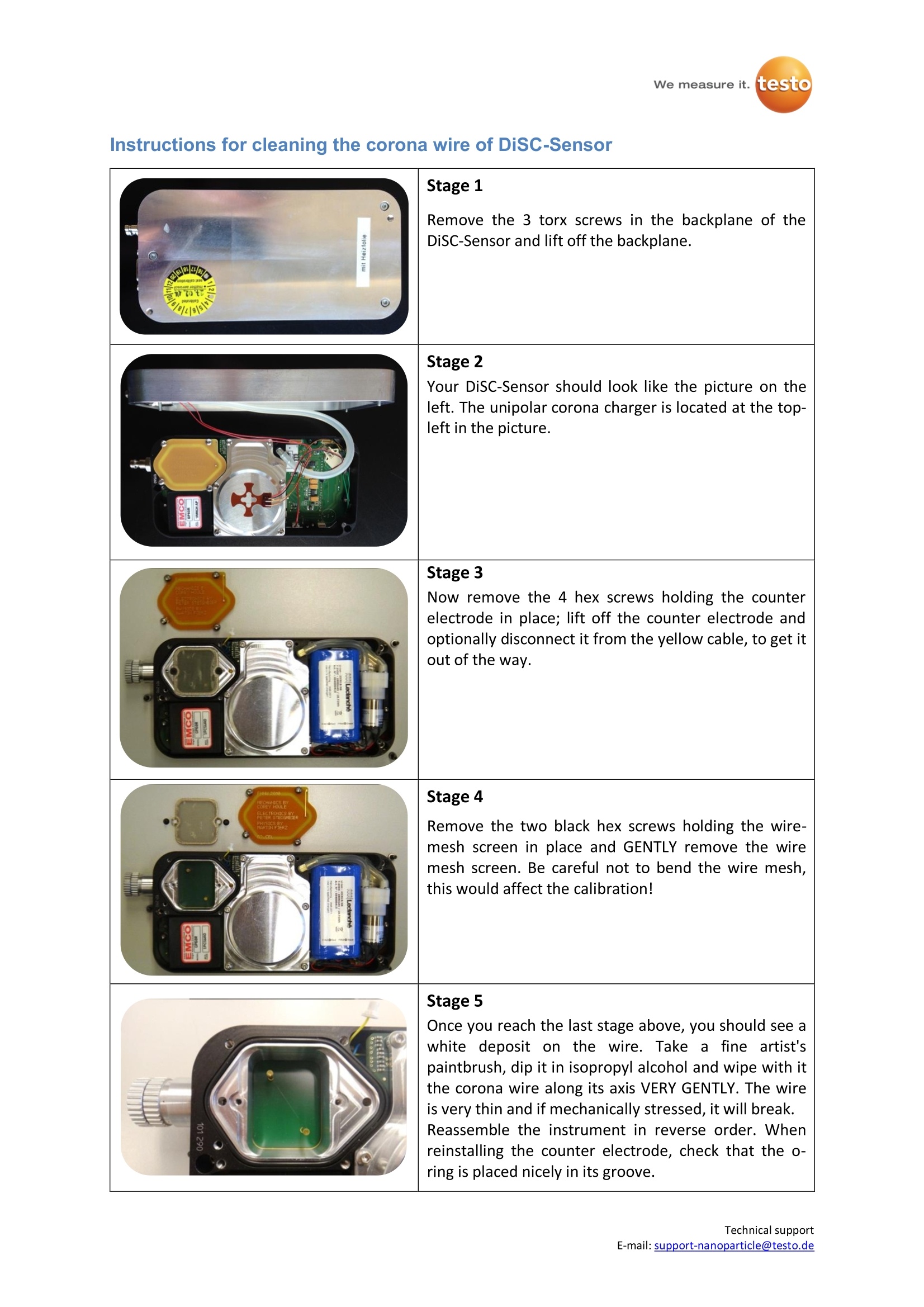
产品配置单
厦门通创检测技术有限公司为您提供《传感器电晕线中清洁检测方案(气溶胶)》,该方案主要用于电子元器件产品中清洁检测,参考标准《暂无》,《传感器电晕线中清洁检测方案(气溶胶)》用到的仪器有testo Nanomet3便携式纳米颗粒物测试系统。
我要纠错
推荐专场
气溶胶检测仪/系统
更多相关方案


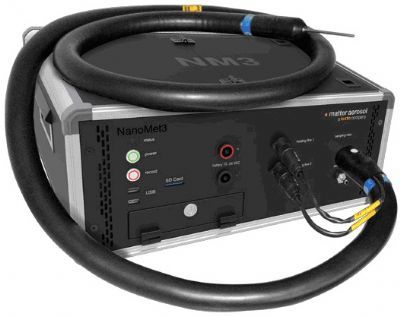
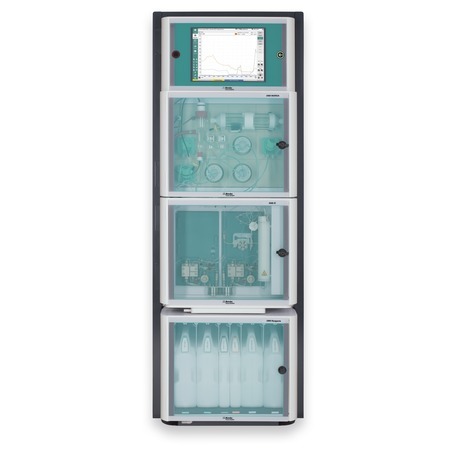
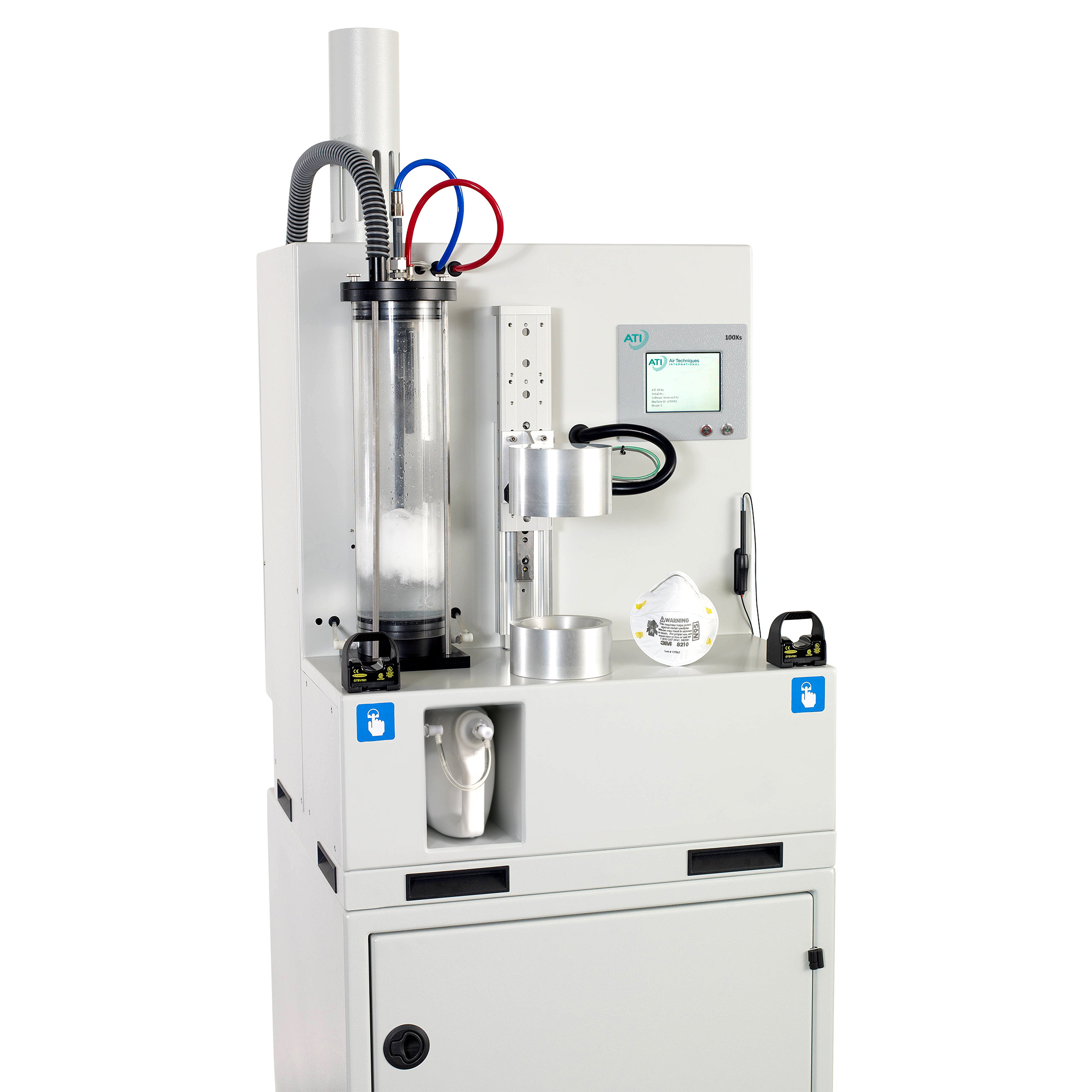
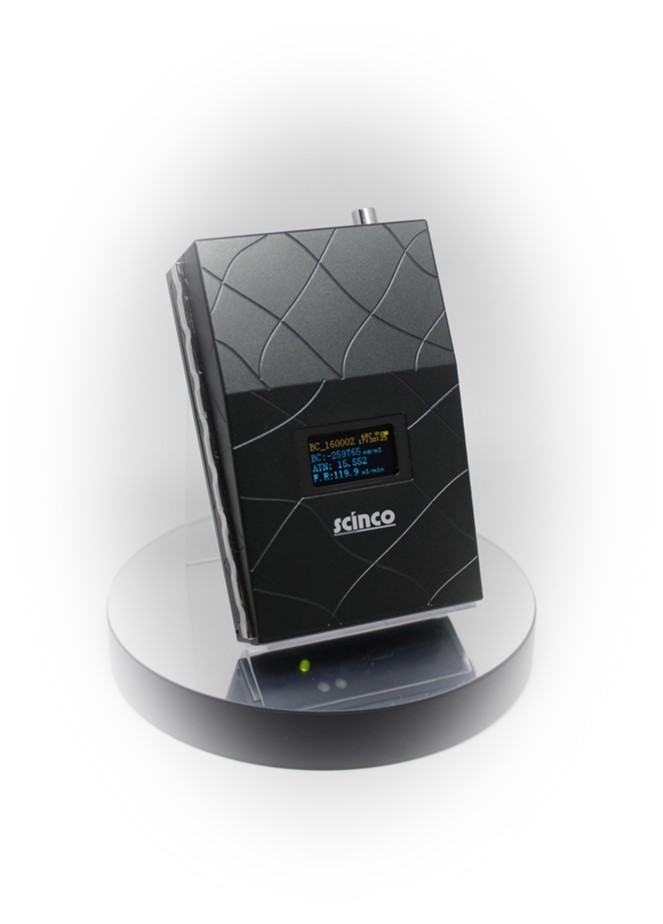
 咨询
咨询



